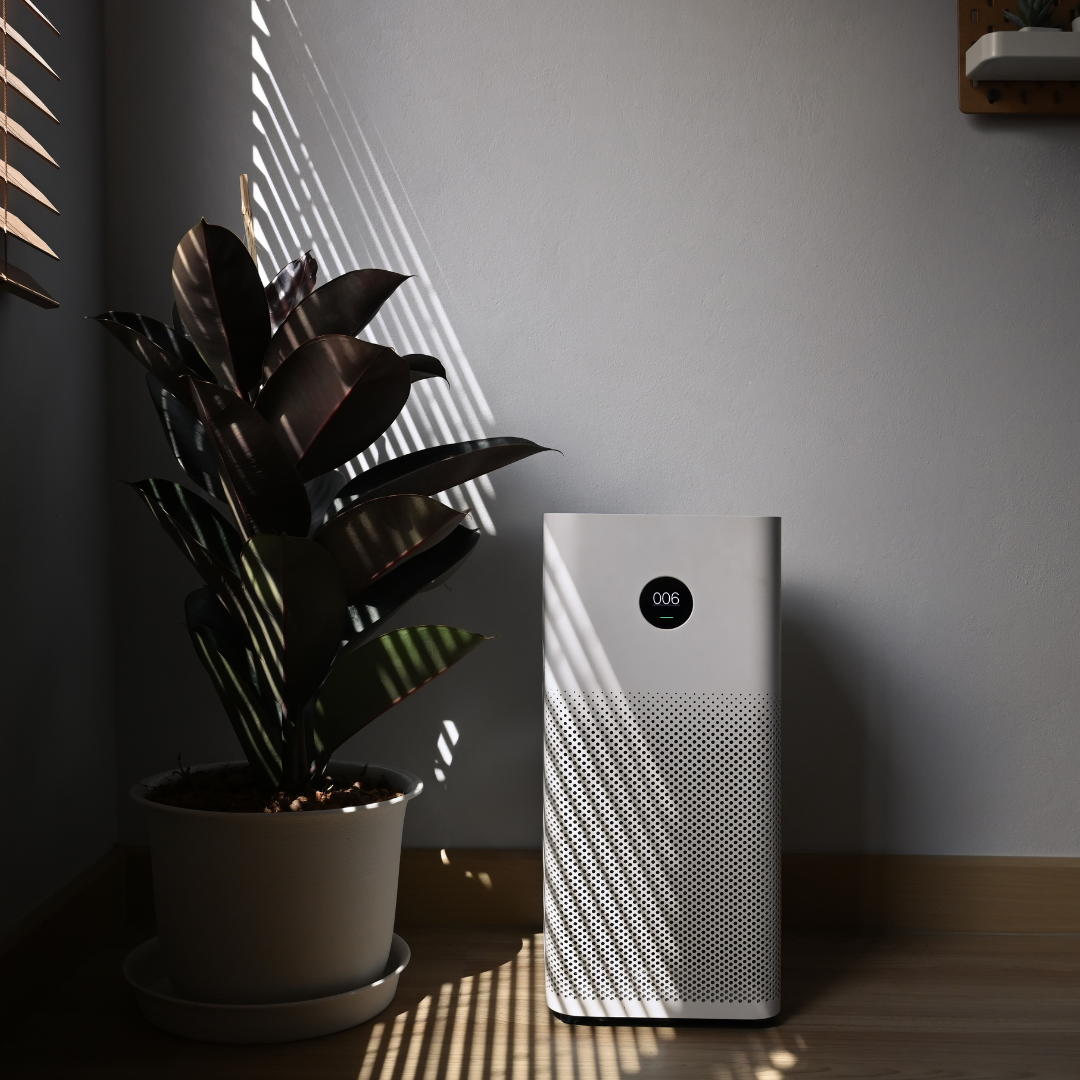Are you interested in the air quality in your home? Wondering how to test, monitor, and enhance it the best way possible? Look nowhere else. Here are a few telltale symptoms of bad air quality, a few techniques to check out what weird stuff is floating around in your house, and even a simple method to set it to happen automatically.
Reasons To Check Your Air Quality
Your body may be experiencing the effects of pollutants in your house if you experience any health issues, such as persistent allergies and asthma, frequent headaches, bronchitis, or colds that endure for an exceptionally long period. And those irritants in the air may be anything from pet hair to gas odors to invisible mold.
There are situations when the contamination is more severe, such asbestos and dangerous substances. You should absolutely have your air quality evaluated if you have severe symptoms like dizziness, nausea, rash, fever, chills, exhaustion, vomiting, or shortness of breath.
PURCHASE AN INDOOR AIR QUALITY MONITOR
Installing a user-friendly, simple-to-use gadget that enables you to automatically monitor your indoor air quality is one of the simplest methods to address indoor air comfort and safety (IAQ). There are also gadgets that monitor temperature, humidity, carbon dioxide, volatile organic compounds (TVOCs), and small particulate matter (PM2.5) from cooking, wildfires, or vehicle traffic, as well as five air quality indicators that can affect your health, comfort, and productivity.
EVALUATE HEALTH SYMPTOMS
Following a reading of your baseline air quality, it may be beneficial to keep tabs on any health issues for a few weeks. See if you can position them according to a specified location or hour of the day. For instance, your home air quality could not be the cause if you only get congestion and a headache when you’re at work.
The kind of symptoms you’re going through might possibly point to the problem’s origin. More closely correlated with signs of harmful carbon monoxide levels in the house include nausea and dizziness. More frequently, symptoms of an allergic reaction to possible contaminants include a scratchy throat or runny eyes.
PURCHASE AN AIR PURIFIER
An air purifier could be able to help with some of your worries once you’ve detected any possible issues with your home’s air quality. By eliminating airborne particles, air purifiers provide relief to those who suffer from allergies and asthma.
There are two ways that air purifiers purify the air. The first is to expel negatively charged ions, which cause contaminants to adhere to nearby surfaces. The alternative technique is to employ HEPA filters to filter and gather airborne particles. In a pinch, you can create a home-made HEPA filter air purifier for less than $40, but if you can afford it, it’s better to invest the money in a real air purifier with numerous filters.
CONTACT AN EXPERT ON AIR QUALITY
If you discover poor indoor air quality, you could hastily complete some practical tasks like cleaning the ducts and setting up carbon monoxide monitors. However, other issues with indoor air quality, such as the presence of mold spores or radon, can be trickier to identify and call for expert assistance.


